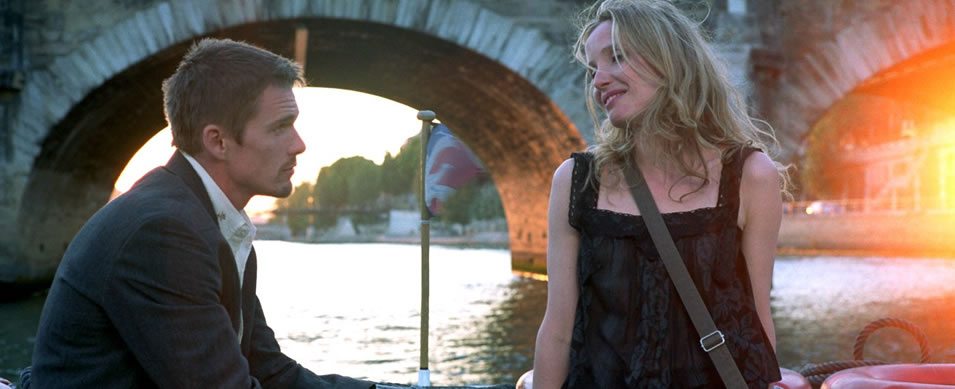“There are stories that do not need a plot. Sooner or later, they rise above the confusion and untangle their mysteries in a string of words.” — Patrice Nganang. Whenever you hear someone say, “Man, that film had no plot whatsoever!” the go-to assumption is that the film sucks. And it generally holds true too. Not always though.
A “Plot” is a literary term that defines the order of events in a story (told via any medium) through an interrelated sequence. Devising a plot is one of the first steps of making a film and a very important one. Many visionary directors have made simple stories extraordinary just by tweaking the plot (Nolan‘s ‘Memento’ or Gaspar Noé’s ‘Irréversible’ are fine examples). But then there are those filmmakers who throw the conventional outlook of “filmmaking with a cohesive plot” out of the window and still manage to enthrall cinephiles, may it be with surreal visuals, contemplative dialogues, charismatic characters, or all of the above. Here is a list of top movies without a plot or storyline.
10. Coffee and Cigarettes (2003)
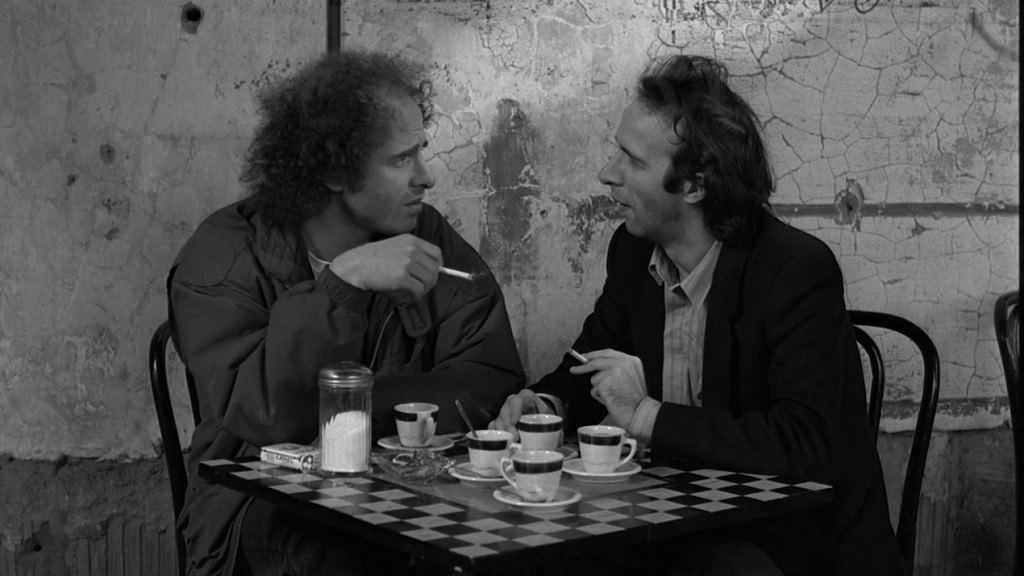
‘Coffee and CIgarettes’ is an anthology film composed of 11 segments connected by, you guessed it, coffee and cigarettes. The theme of the film is absorption in the obsessions, joys, and addictions of life. The short B&W vignettes build on one another to create a cumulative effect, as the characters discuss things such as caffeine popsicles, Paris in the 1920s, and the use of nicotine as an insecticide – all while sitting around drinking coffee and smoking cigarettes.
More than the titular pleasures, there are innumerable common threads between vignettes, such as the Tesla coil, medical knowledge, the suggestion that coffee and cigarettes don’t make for a healthy meal (generally lunch), cousins, delirium, miscommunication, musicians, the similarities between musicianship and medical skill, industrial music, acknowledged fame, and the idea of drinking coffee before sleeping in order to have fast dreams. In each of the segments of the film, the common motif of alternating black and white tiles can be seen in some fashion, emphasizing the theme of interpersonal contrasts, as each vignette features two people who disagree completely yet manage to sit amicably at the same table. A unique effort in ways more than one.
Read More: Best True Story Movies of All Time
9. Rope (1948)
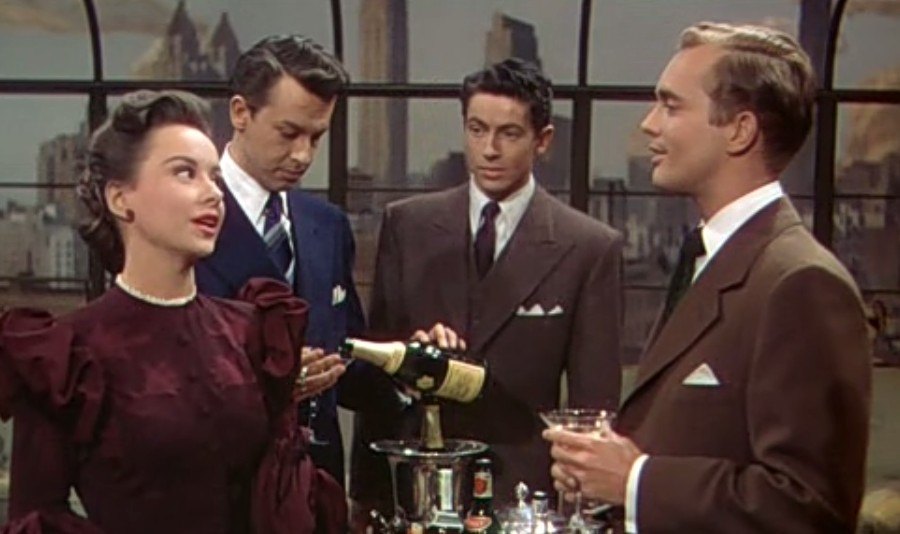
This endeavor by Alfred Hitchcock often gets overshadowed by the later peerless, thrilling masterpieces the visionary auteur created. And shamefully so, because while the likes of ‘Vertigo’ or ‘Psycho’ have uncapped thrills, ‘Rope’ captures the palpable tension by showing the mannerisms of two culprits of murder in real-time over the course of an evening dinner party.
In ‘Rope,’ two brilliant young aesthetes, Brandon and Phillip, strangle to death their former classmate David, in their apartment, as an intellectual exercise; wanting to prove their superiority by committing the “perfect murder.” They then proceed to hold a small dinner party. Included amongst its invitees are David’s father, fiancee, and their professor, who had once discussed the intellectual concepts of Nietzsche’s Übermensch, and De Quincey’s art of murder with the two. Their initial smugness soon leads to hysteria, and this is where Hitchcock unleashes his intricate technical brilliance, which is the highlight of the film.
The film is composed of several long takes and has rare cuts, as the camera continuously pans and tracks right into objects, masking cuts to give an illusion of continuous shots. At one point, the camera focuses for a minute and a half on an inanimate object with only one visible character moving back and forth near it, drenching it in suspense, leaving even the most calm and collected of viewers at the edge of their seat, biting their nails. John Dall’s rendition of the snobby Brandon and Jimmy Stewart’s usual virtuoso act are a worthy bonus. A must-watch for any cinephile.
Read More: Best Spy Movies of All Time
8. Slacker (1991)
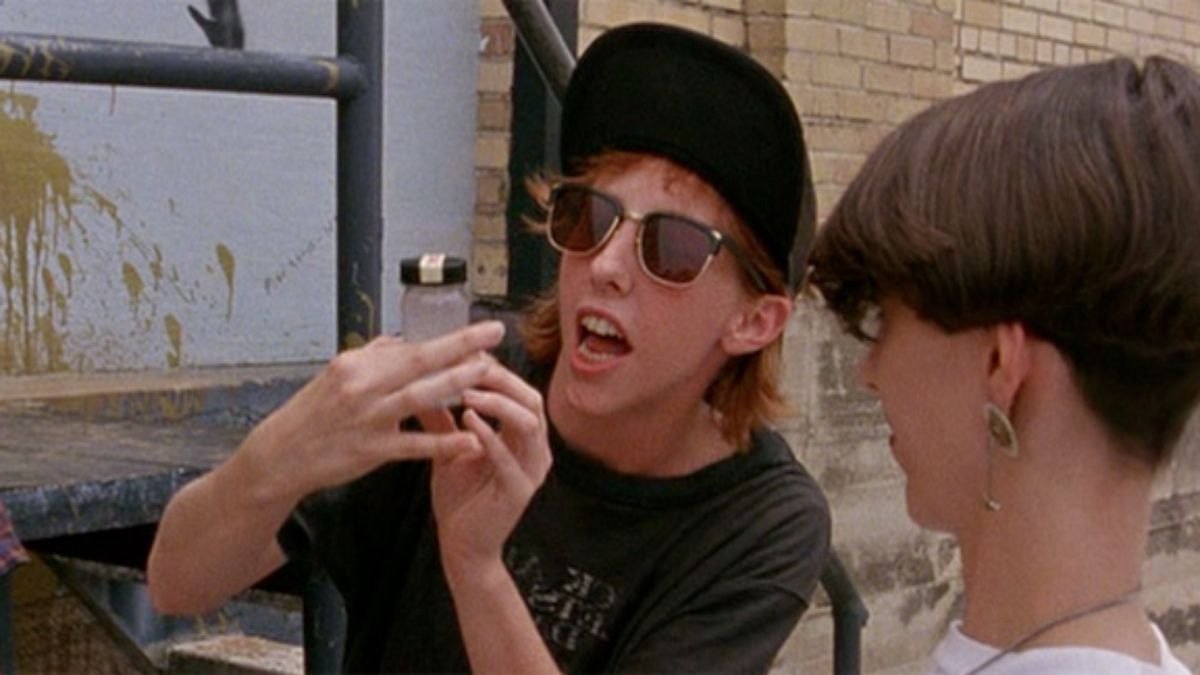
The debut of “The Ambassador of Cinema Beyond Plot” Richard Linklater‘s, ‘Slacker’ follows a single day in the life of an ensemble of mostly under-30 bohemians and misfits in Austin, Texas. The film follows various characters and scenes, never staying with one character or conversation for more than a few minutes before picking up someone else in the scene and following them. The characters include Linklater as a talkative taxi passenger, a UFO buff who insists the U.S. has been on the moon since the 1950s, a JFK conspiracy theorist, an elderly anarchist who befriends a man trying to rob his house, a serial television set collector, and a hipster woman trying to sell a Madonna pap smear.
Most of the characters grapple with feelings of social exclusion or political marginalization, which are recurring themes in their conversations. They discuss social class, terrorism, joblessness, and government control of the media, providing as close an insight into life as cinema can. Being the world’s first taste of the scatterbrained genius of Linklater (who features two more times here), ‘Slacker’ is original, funny, unexpected, and ceaselessly engaging.
Read More: Best Hipster Movies of All Time
7. Lost In Translation (2003)
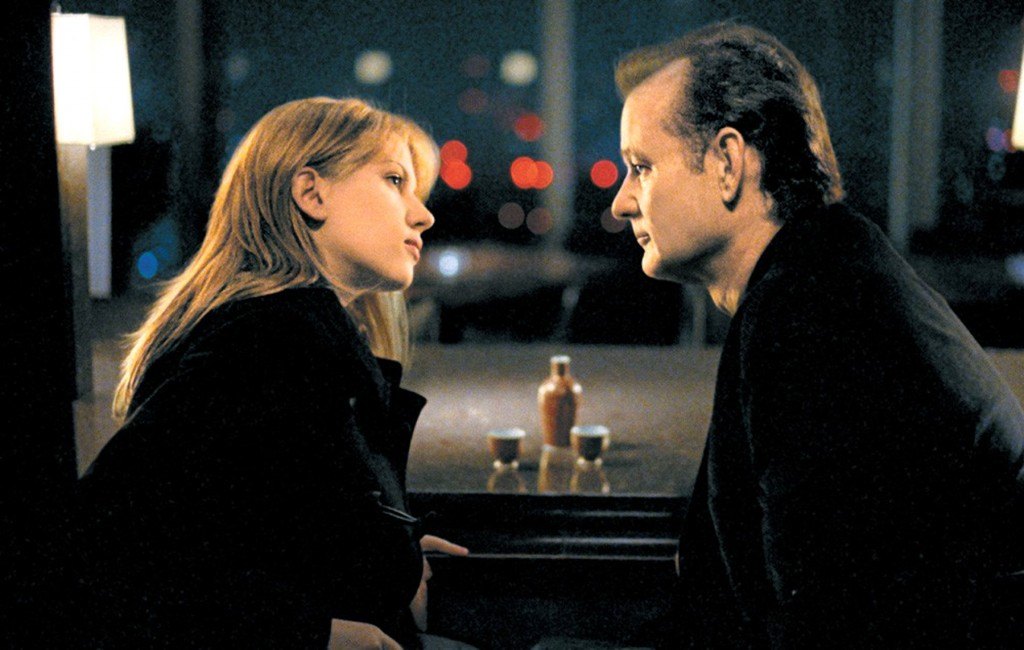
Sofia Coppola’s ‘Lost In Translation’ can be called a love story, almost. A reflection on the way alienating environments can throw unlikely people together and forge unexpected, intense relationships, it also evokes the sweet agony of unarticulated sentiments with perceptiveness and maturity. At the same time, it is a humorously observant and coolly amused look at contemporary Japan (which sometimes borders on the stereotypical) and how a foreigner copes with it.
Bob Harris (Bill Murray), as an aging actor in an unhappy marriage, and Charlotte (Scarlett Johansson) as a 25-year old philosophy graduate who feels like her life lacks direction, are the two big centerpieces of this puzzle as they cross paths time and again in the alien city of Tokyo, eventually bonding over their bemusement about it. And from here, this unlikely pair develop a strange, almost indescribable bond which is explored throughout the film. And Murray and Johansson deftly play their roles with subtlety and restraint, thus elevating this film from being a conversational mood piece to an indulging experience with a solid emotional range.
Read More: Brain Teaser Movies With Answers
6. The Straight Story (1999)
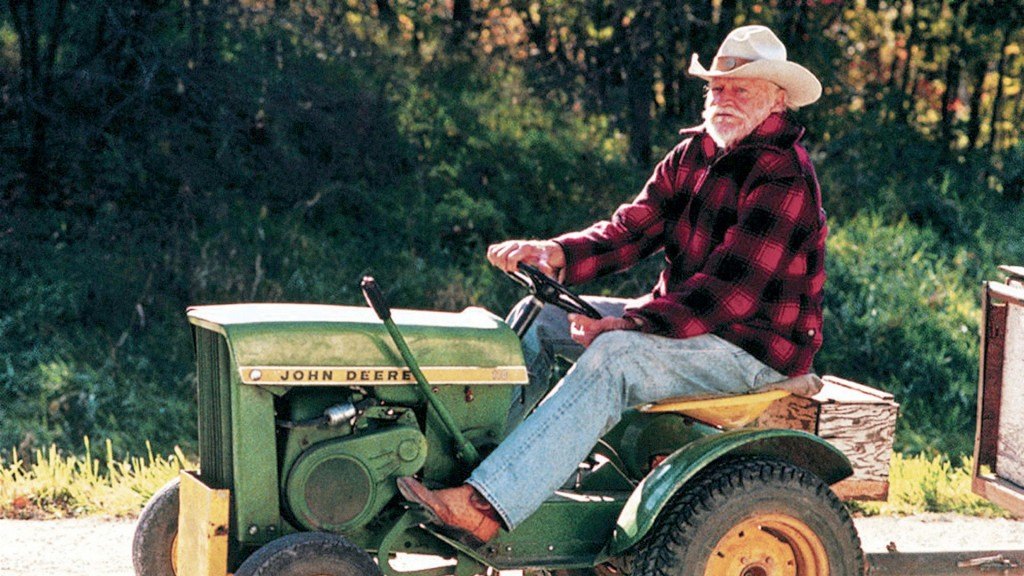
In 1999, David Lynch took a break from making his trademark surrealist films to create this biographical drama which essentially follows old Alvin Straight, who rode a John Deere lawn tractor for 240 miles to make amends with his brother, who has had a stroke. Before you hurriedly scroll down thinking, “How can an old man riding a lawnmower for 200 miles result in good cinema?” Let me stop you and say, that is exactly where the uncharacteristic brilliance of ‘A Straight Story’ lies.
Yes, probably during the beginning of Alvin’s journey, you won’t bother to glance beyond the old guy driving slowly, but as the beauteous countryside landscape, mellow soundtrack, the encounters with a mix of bizarre and kindly strangers along the way (some so kind you wouldn’t believe them to be real if you didn’t know this was a true story) and most importantly Alvin’s past unravel themselves, the film turns into an intimate affair, and you almost find yourself cheering for Straight as he reaches his destination. The dialogues, while never bordering on philosophical, leave a lasting mark too. And the simple, beautiful, and not-too-sentimental way it ends is heart-winning. ‘A Straight Story’ grows on you.
Read More: Best Kidnapping Movies of All Time
5. The Breakfast Club (1985)
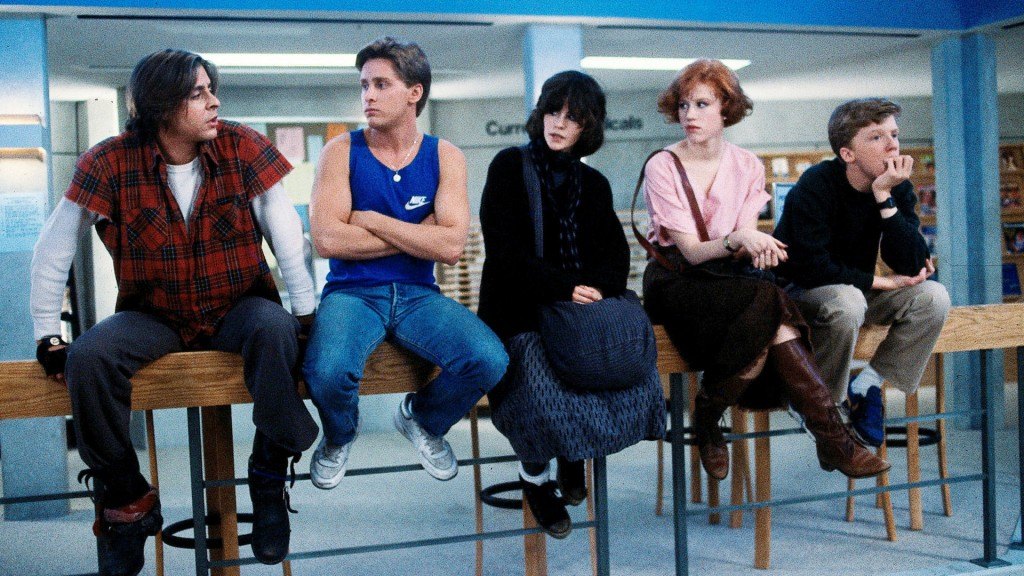
Who’d have thought one of the most celebrated coming-of-age films of all time happens over the duration of just one school day? Five teenagers, from 5 high school cliques, in one detention. That’s the entire plot of ‘The Breakfast Club,’ but it is a warm, insightful look into the messed up lives of all teenagers, may they be the beauty queen, a bookworm, a jock, an outcast, or the rebel, which makes this an 80s classic.
The film’s main theme is the constant struggle of a teenager to be understood by adults and by themselves. It explores the pressure put on teenagers to fit into their own realms of high school social constructs, as well as the lofty expectations of their parents, teachers, and other authority figures. On the surface, the students have little in common with each other. However, as the day rolls on and the obvious stereotypes are broken down, the characters empathize with each other’s struggles, dismiss some of the inaccuracies of their first impressions, and discover that they are more similar than different, thus leaving the viewer with a fuzzy, good feeling and a different outlook towards typecasts to take home.
Read More: Best Directorial Debuts of All Time
4. Dazed and Confused (1993)
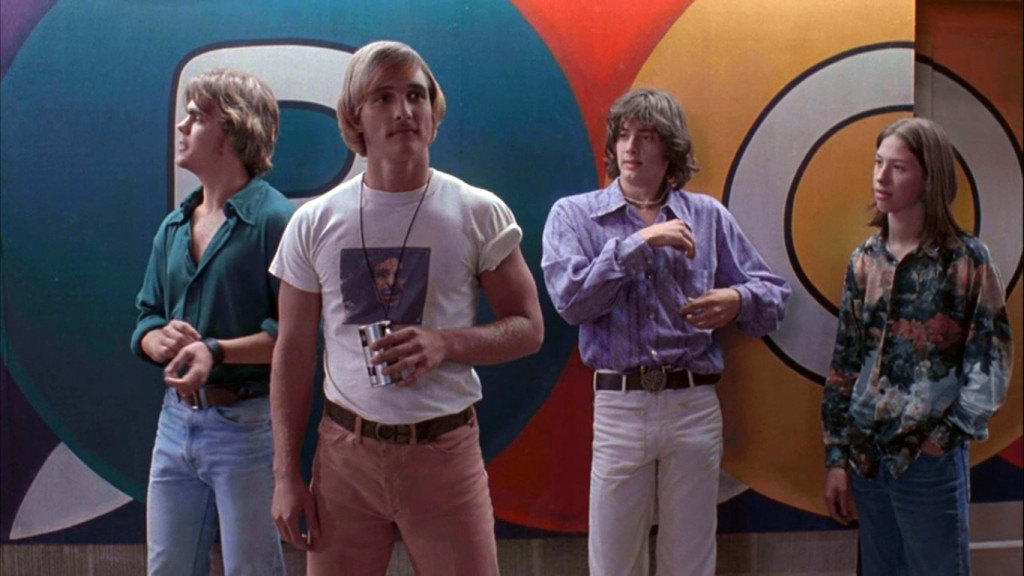
Linklater’s sophomore effort ‘Dazed and Confused’ did for the 1970s what George Lucas‘s ‘American Graffiti’ did for the 1960s, John Hughes’ ‘The Breakfast Club’ did for the 1980s, and ‘The Perks of Being A Wallflower’ did for the 2000s – give an apt portrayal of teenage psyche. But none of the these manage to be as bang-on as ‘Dazed and Confused.’ The film follows a bunch of high-school teenagers (and Matthew McConaughey) over the course of a night post the last day of high school in 1976 Texas.
While ‘Dazed and Confused’ isn’t as structurally ambiguous as ‘Slacker,’ it loiters from place to place as if the camera were a person hanging out with the teens, taking the viewer with it. With the accurate depiction of high school rites which any American who went to school in the 70s would vouch for (If IMDB is to be believed), an excellent ensemble cast, many of whom are stars now, one-liners McConaughey quotes to date (Alright, Alright Alright!) and a killer rock soundtrack which would make 70s classic rock lover fangasm (I can vouch for this!), ‘Dazed and Confused’ is another one of Linklater’s observant gems.
Read More: Best Movie Monologues of All Time
3. The Tree of Life (2011)
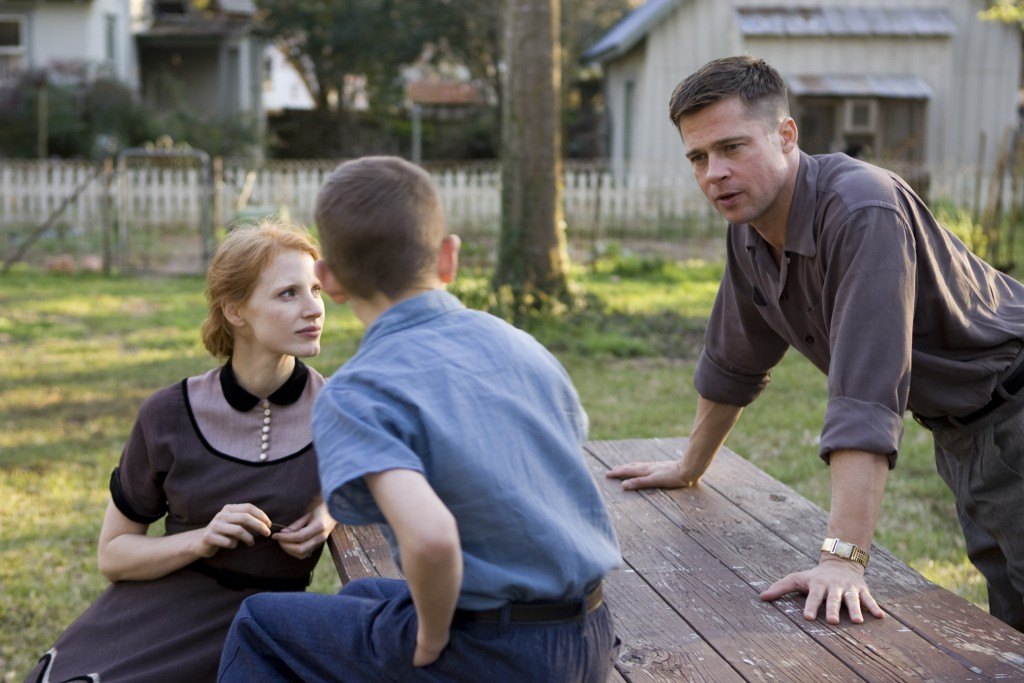
‘In 2011, when ‘The Tree of Life’ first premiered at Cannes Film Festival, it divided the audience right in the middle. Some called it a masterpiece, while others labeled it as an excessively indulgent piece of experiment. But soon enough, the film’s beauty gained rave recognition. Winner of Palme D’Or at the Cannes. One of only three films from the 21st Century that made it to the Top 150 of the Sight and Sound list of greatest films of all time. Placed in legendary critic Roger Ebert’s list of the top 10 greatest movies of all time. This film has achieved it all. And the reason for this is that ‘The Tree of Life,’ like fine wine, gets better with age. Every re-watch brings forth a new perception about it.
The Tree of Life’ delves into the mind of Jack O’Brien (Sean Penn), an architect in Houston, reflecting upon his childhood years in Waco, interspersed with surreal imagery about the origin of life, which is as evocative as visual poetry can get. And through the snippets of memories of Jack’s loving and caring mother, his disciplinarian father, and the growth of his younger brother, director Terrence Malick takes us into our own nostalgic paradise. This simple remembrance is enhanced further by Malick, who (with his incredible cinematographer Emmanuel Lubezki) explores the origin of the universe, the evolution of humans, and even a vision of God in a vivid, imaginative way. In fact, every frame of ‘The Tree of Life’ is so meticulously crafted that you can pause any scene and hang that frame on your wall. And not bogging it down with a conventional plot was a masterstroke by Malick.
Read More: Best Drug Movies of All Time
2. Before Sunset (2003)
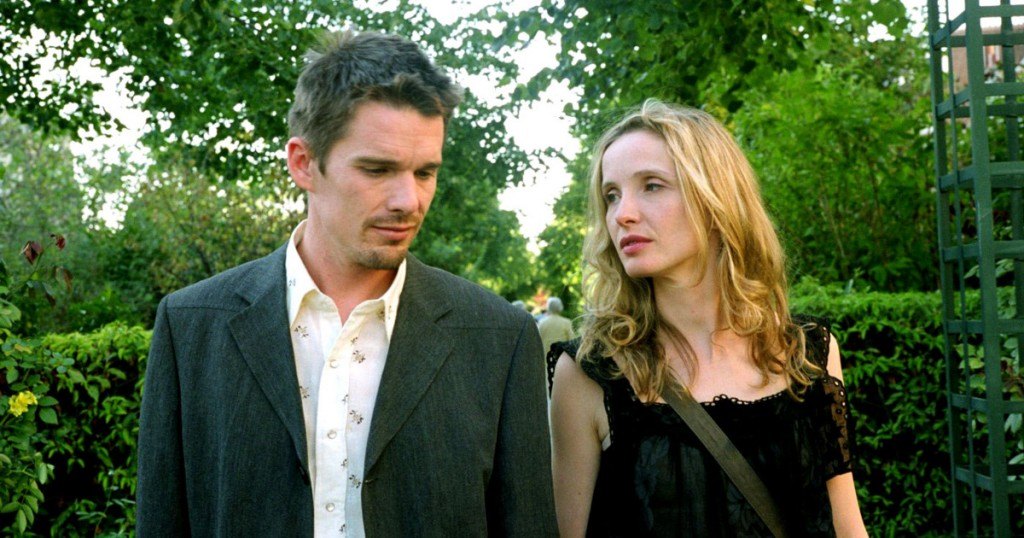
Richard Linklater, like our previous entry, just seems to get better with age. And the chronological positioning of his three entries on this list is an apt proof. After making the two cult classics we talked about earlier, Linklater began a troika of films that redefined how romance was showcased in cinema. ‘Before Sunset’ is the second and widely considered the best of this masterful trilogy.
Set nine years after the events of ‘Before Sunrise’ (which in itself had engaging dialogue as a focal point and thus was tough to top), ‘Before Sunset’ reunites Jesse (Ethan Hawke) and Celine (Julie Delpy), who just have an hour on their hands to talk about their lives since that one night nine years ago. They are now older and wiser, thus somehow increasing the depth of their conversation, and Linklater gives a subtle meaning even to the scenery surrounding them. Hawke and Delpy outdo themselves too, effortlessly carrying the intimate tone of the talks, perhaps buoyed by the fact that they co-wrote the dialogue. Thus, this hour of conversation shown in real-time is as engaging as any thickly plotted thriller would hope to be.
Read More: Best Holocaust Movies of All Time
1. 12 Angry Men (1957)
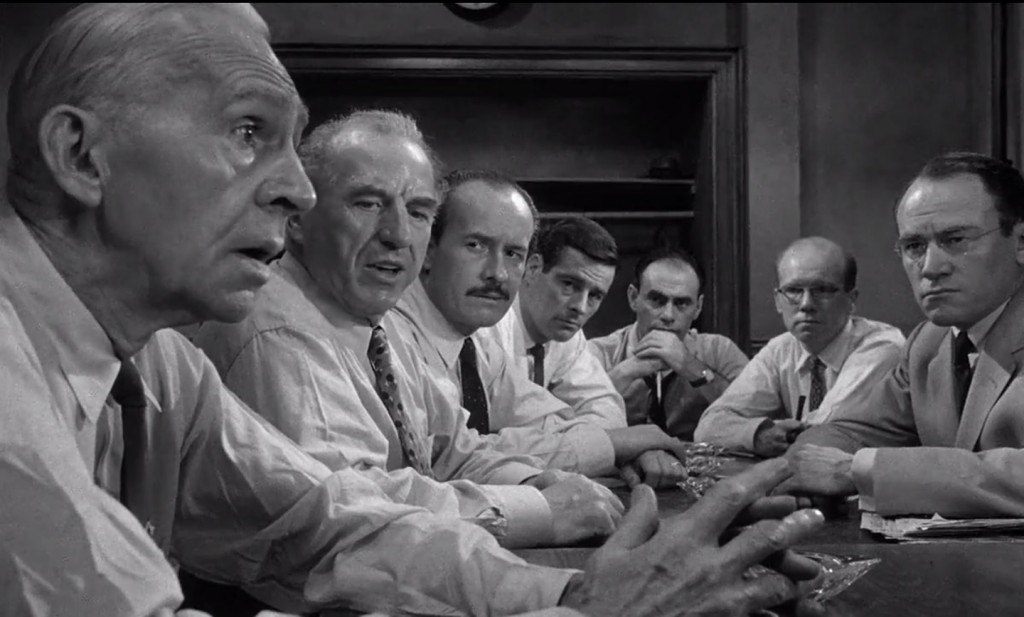
Imagine a film shot almost entirely in a limited courtroom set, with no character names mentioned till and exchange conversation in the very end, and just has 12 men arguing whether to acquit or convict a defendant (referred to as ‘the boy’). Most of us won’t be too thrilled before watching it. But ’12 Angry Men’ amps its drama quotient from the get-go, forever keeping the viewer engrossed in its clash of personas.
What begins as an open-and-shut case of murder soon becomes a detective story that presents a succession of clues creating doubt and a mini-drama of each of the jurors’ prejudices and preconceptions about the trial, the accused, and each other. And even though the setting never leaves the courtroom, the combat of raw human emotions makes it a spellbinding thriller. And top-notch acting performances from each and every person involved doesn’t hurt either. ’12 Angry Men’ is an iconic courtroom drama that works wonders without even having a plot sequence, thus giving it a deserved place at the zenith of this list.
Read More: Best Movies of Richard Linklater

